Lily Of The Valley Root System
Lily of the valley root system. Cardenolides concentrations are highest in the roots but all plant parts are of concern. Lily of the valley is a common garden plant prized for its perfumed white flowers and is an attractive groundcover. The root underground stem rhizome and dried flower tips are used to make medicine.
Lily of the valley is a perennial with a fibrous root system. Simply pulling the plants out like above will not stop the spread of this invasive plant. Bill it spreads underground so in order to get rid of it you have to eradicate the root system and rhizomes and quite frankly good luck with that because it will never be all gone if even a little of the rooting or rhizome is left.
The attractive sweet-tasting red berries are an attraction to children and not infrequently cause poisoning when ingested. Put the root into the water and let stand for 6 hours. Lily of the valley has long root systems so use a container that is deeper than it is wide that has drainage holes.
Remove as much of stems and rhizomes as possible and dispose of them. It can also be grown as a potted plant. Since Lily of the Valley is a monocot the vascular bundles or packages of xylem and phloem are scattered through out the stem randomly.
The root system of a lily of the valley is quite extensive so choose a deeper pot than you would normally use for other bulbs plants. The best way to get rid of lily of the valley is to kill the entire plant roots runners and leaves and this can be done with what is known as a non-selective herbicide. Lily of the valley is perfectly suited to growing in containers or planters.
The roots are in need of the sugar and in order to maintain the pressure system the sugar must be constantly added at the top and drained from the bottom. It should also be large enough to hold the plants extensive root system. Dig up lily-of-the-valley plants with a shovel.
Lily of the Valley Root cut 1 quart distilled water. Growing lily of the valley in containers can help control the spread that makes some gardeners hesitant to cultivate it.
Lily of the valley is perfectly suited to growing in containers or planters.
To remove lily-of-the-valley try a total vegetation killer that contains glyphosate when the daytime temperatures warm up to 45 to 50 degrees. The attractive sweet-tasting red berries are an attraction to children and not infrequently cause poisoning when ingested. Lily of the valley is treasured for its waxy pure white flowers and unforgettable perfume. Put the root into the water and let stand for 6 hours. Dig up lily-of-the-valley plants with a shovel. Fill it with multi-purpose compost and set the roots and pips into the soil so that the pips are just below the surface. Your chosen container should be clean and have drainage holes in the bottom. Remove as much of stems and rhizomes as possible and dispose of them. Decoction of Lily of the Valley Root.
Plant Now for Bloom in May. It can also be grown as a potted plant. Growing in containers also helps to control the plants sometimes vigorous growth habit. There are over 30 glycosides and convallatoxin is the most toxic with an LD 50 of 008 mgkg body weight Fenton 2002. Lily-of-the-valley is a plant. Growing lily of the valley in containers can help control the spread that makes some gardeners hesitant to cultivate it. Simply pulling the plants out like above will not stop the spread of this invasive plant.




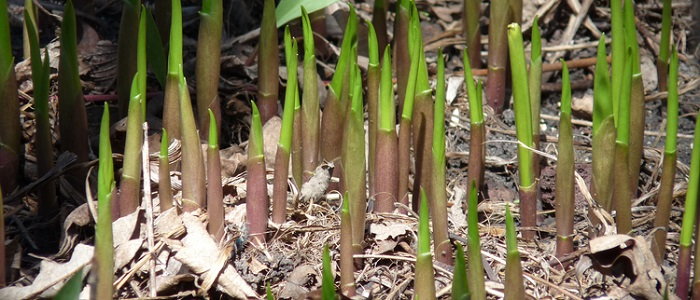

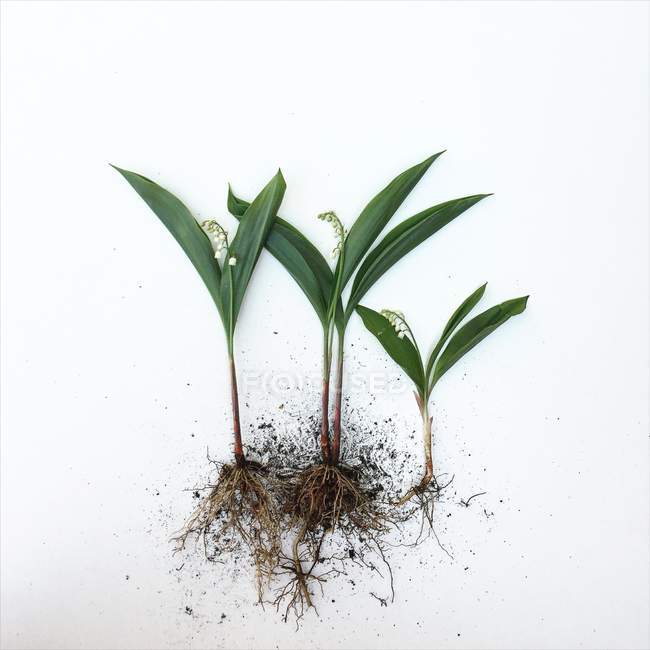

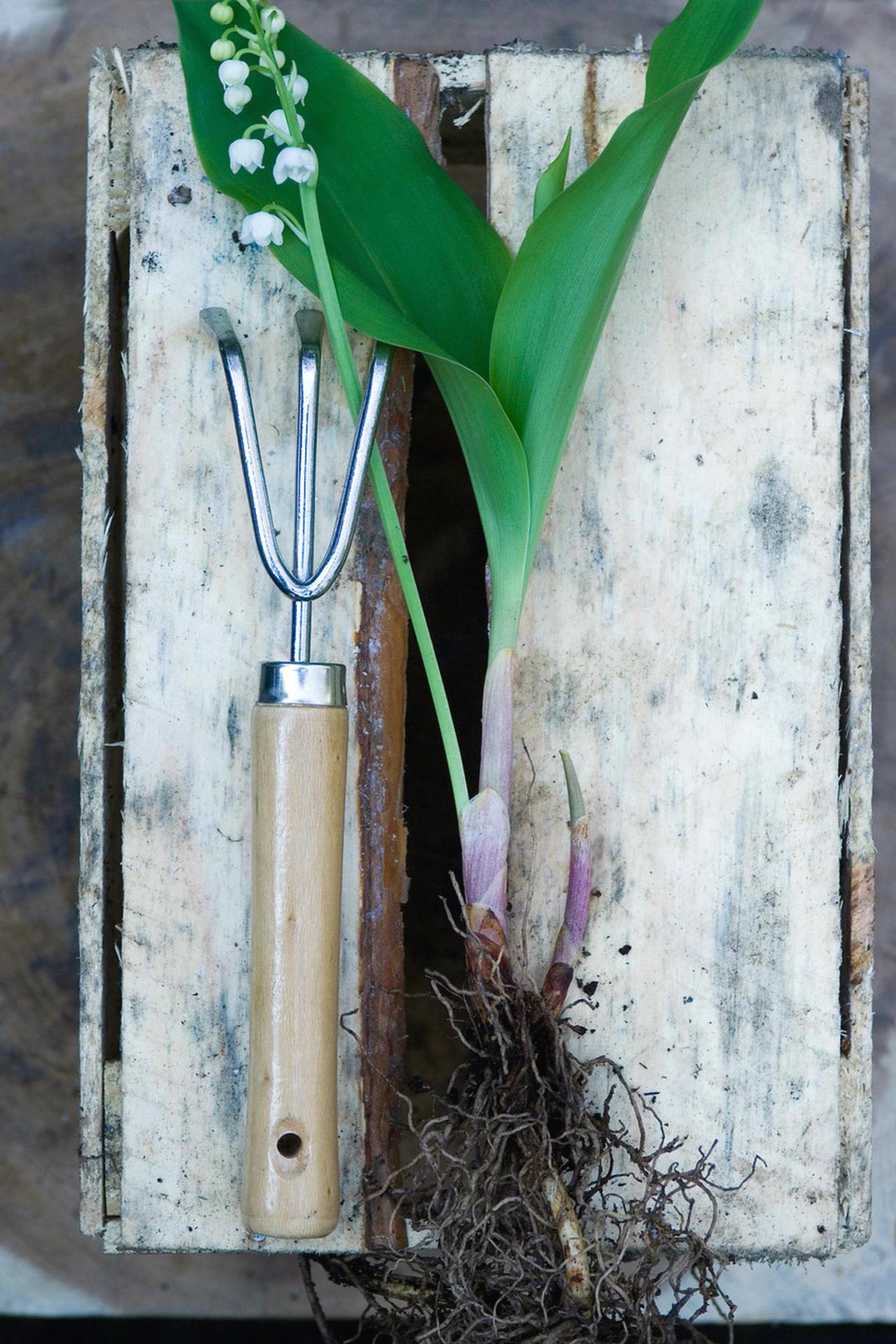
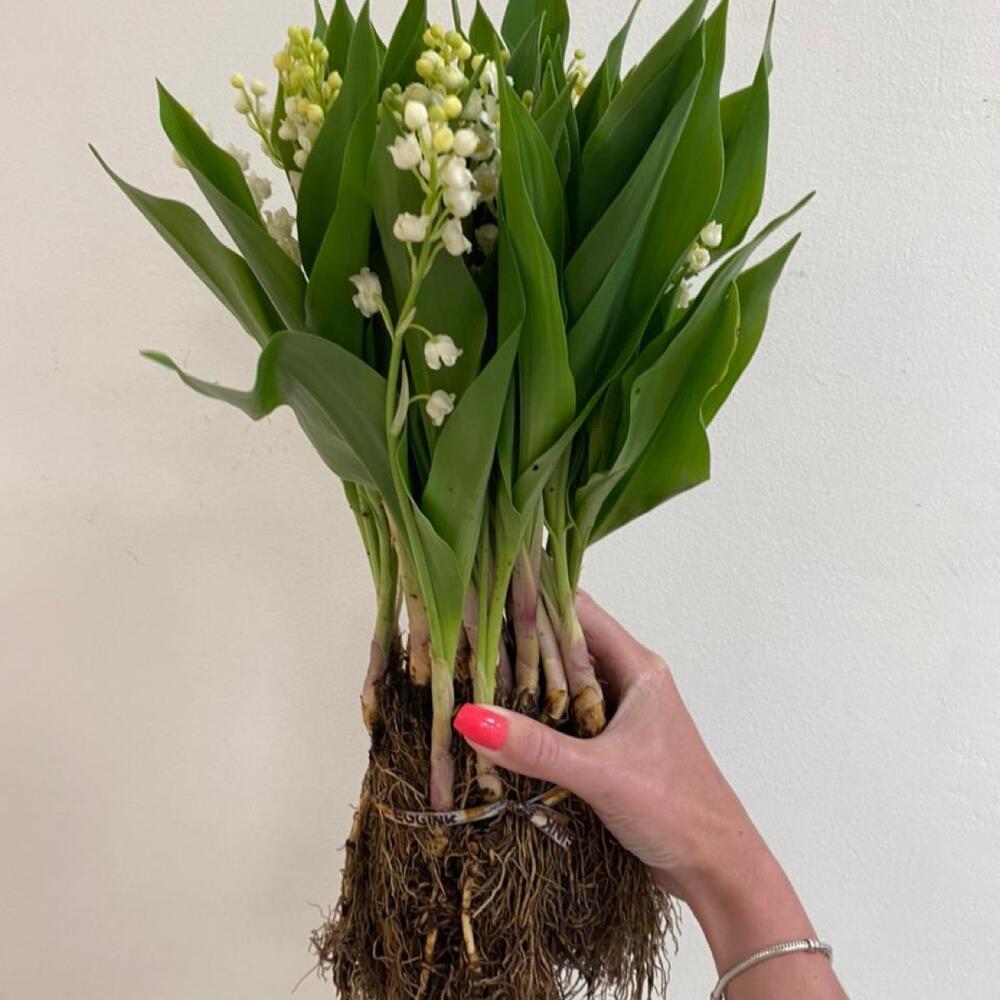





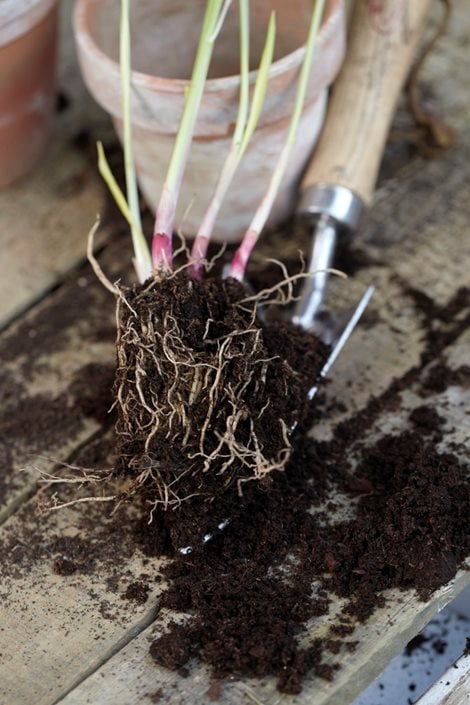

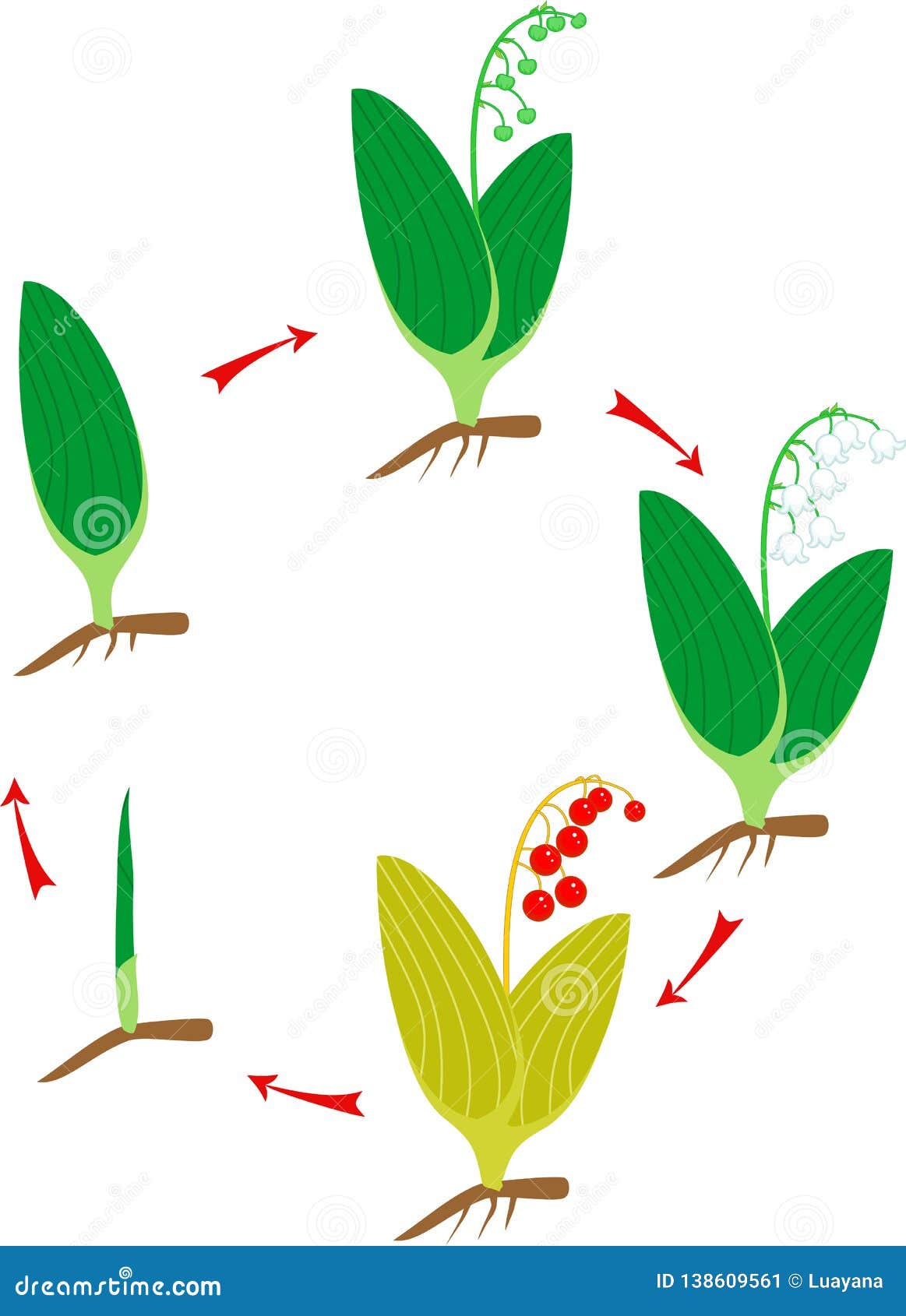

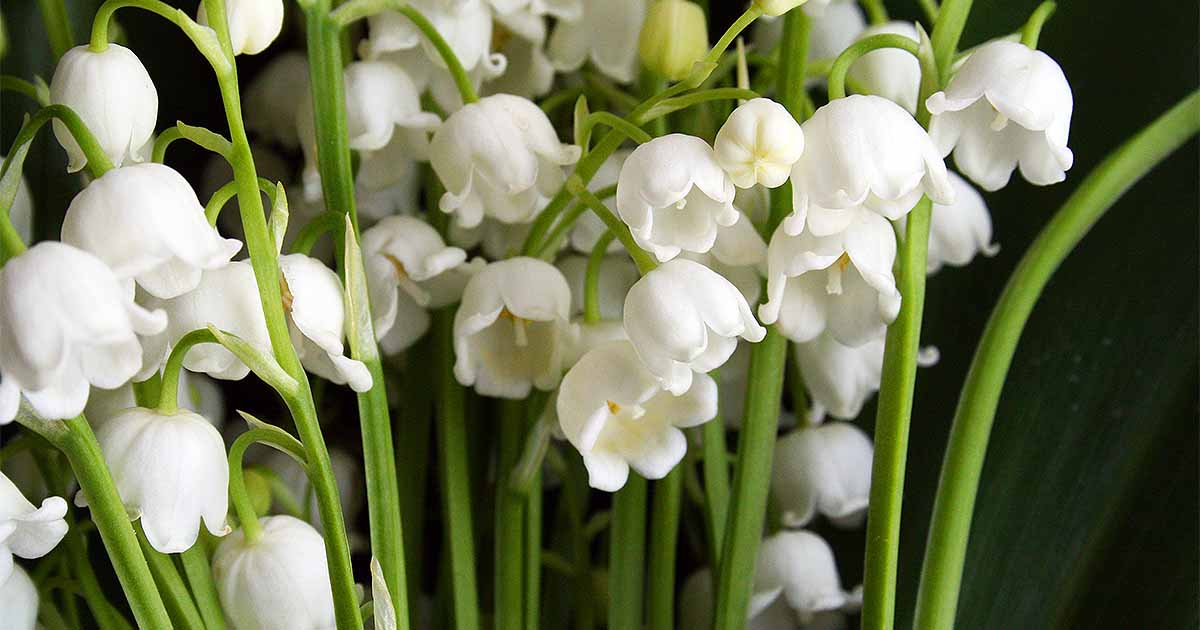
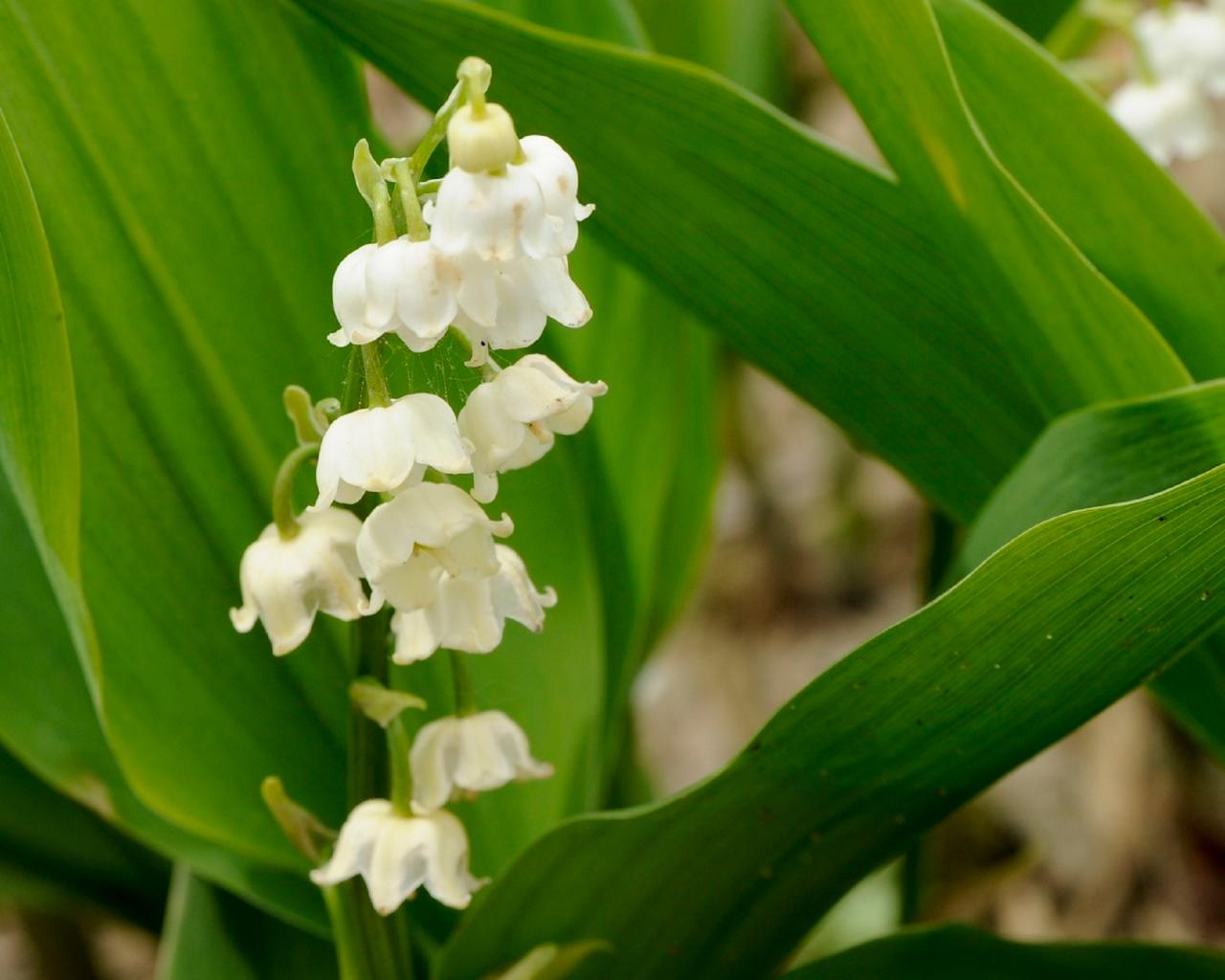



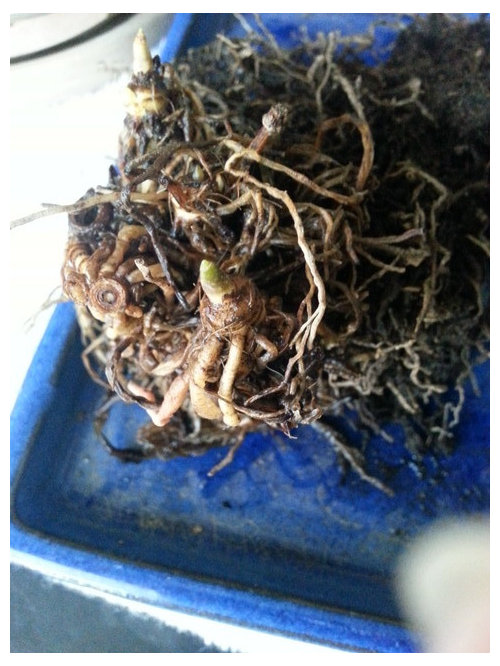




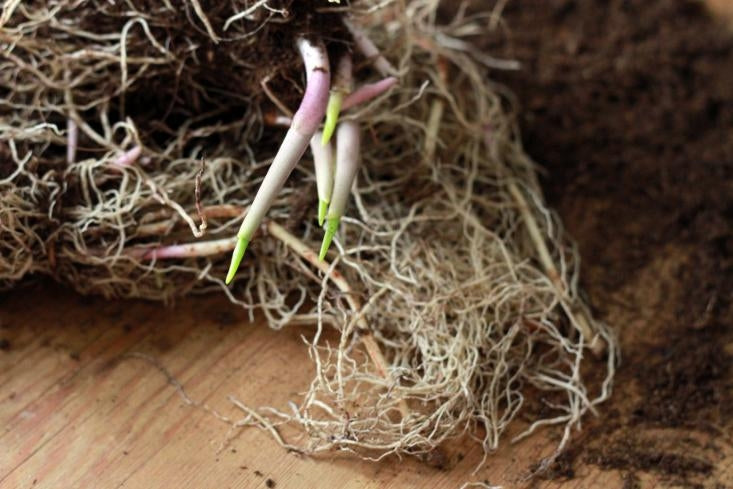

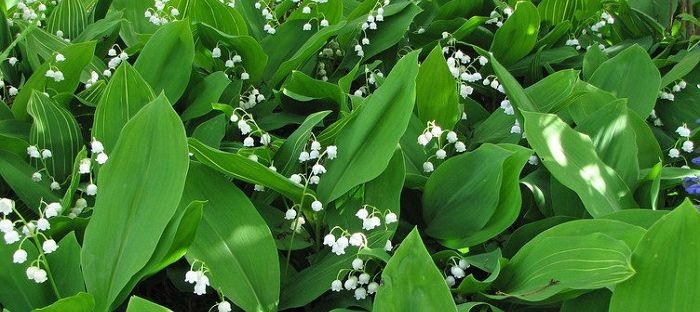
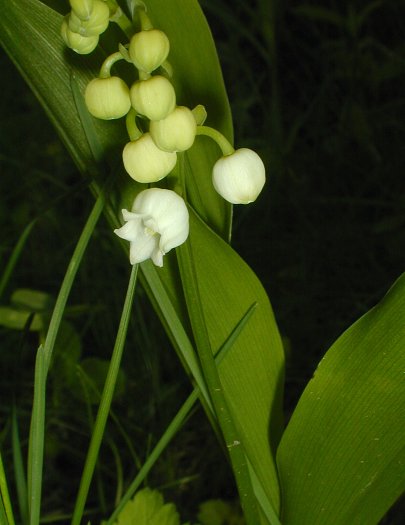




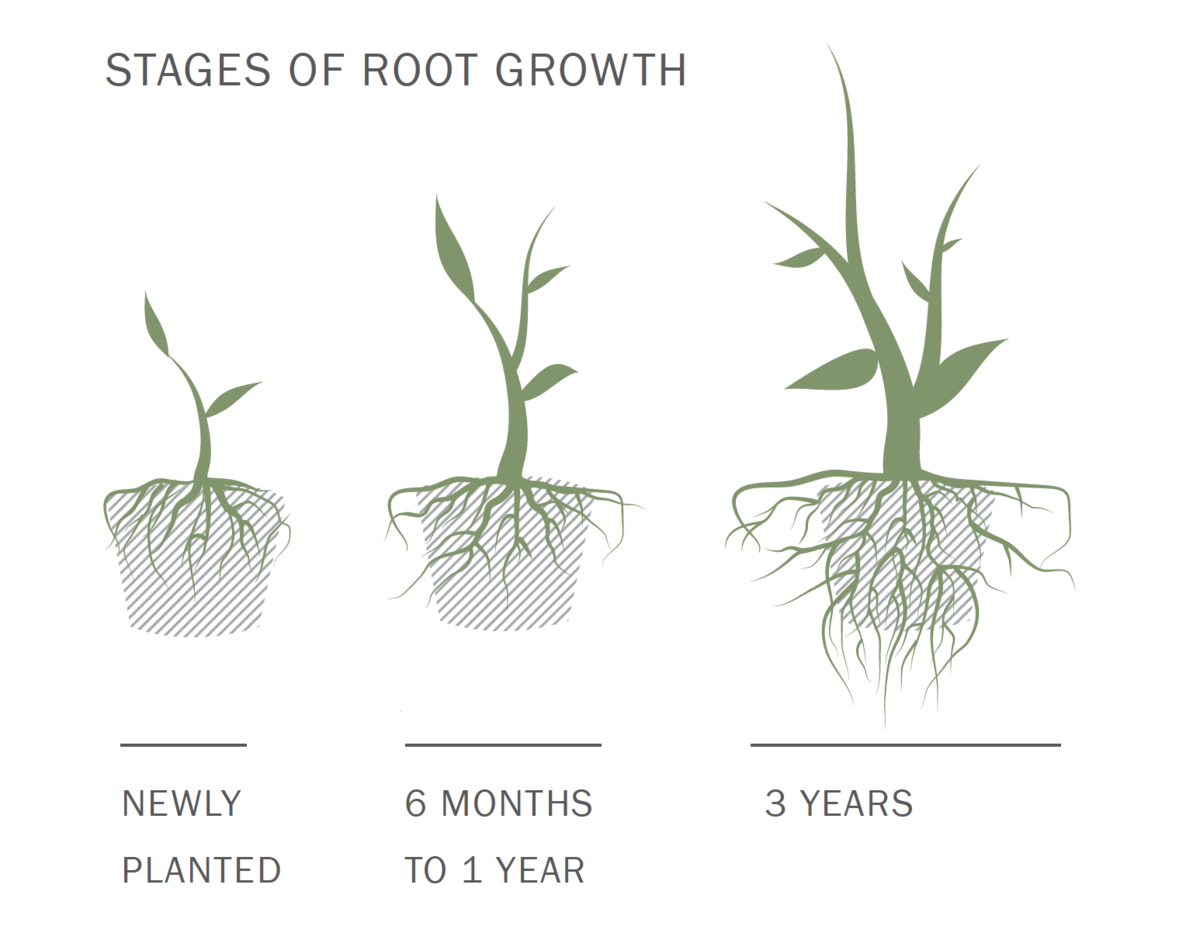
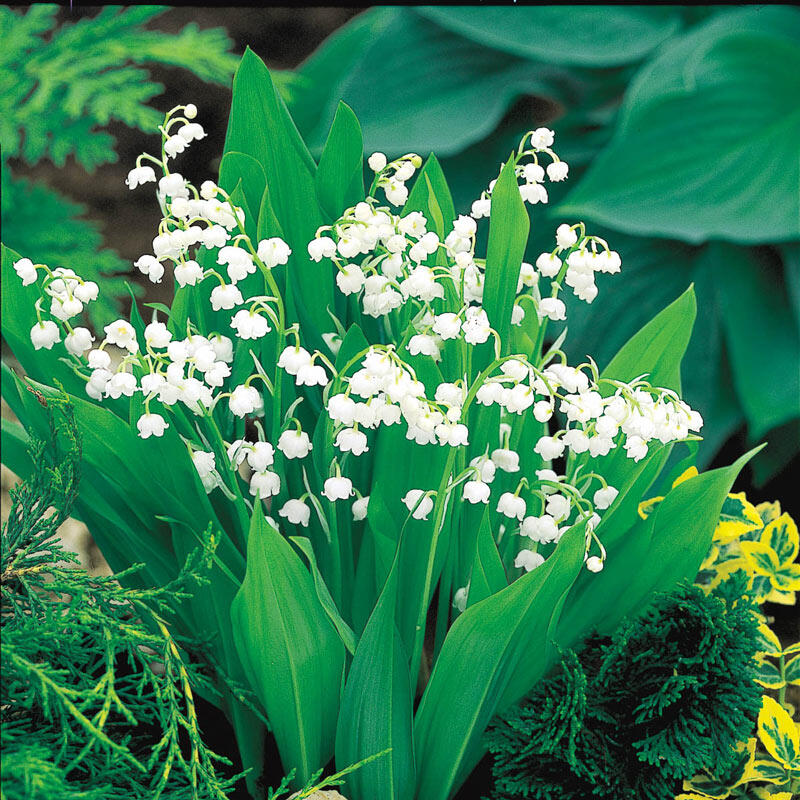

Post a Comment for "Lily Of The Valley Root System"